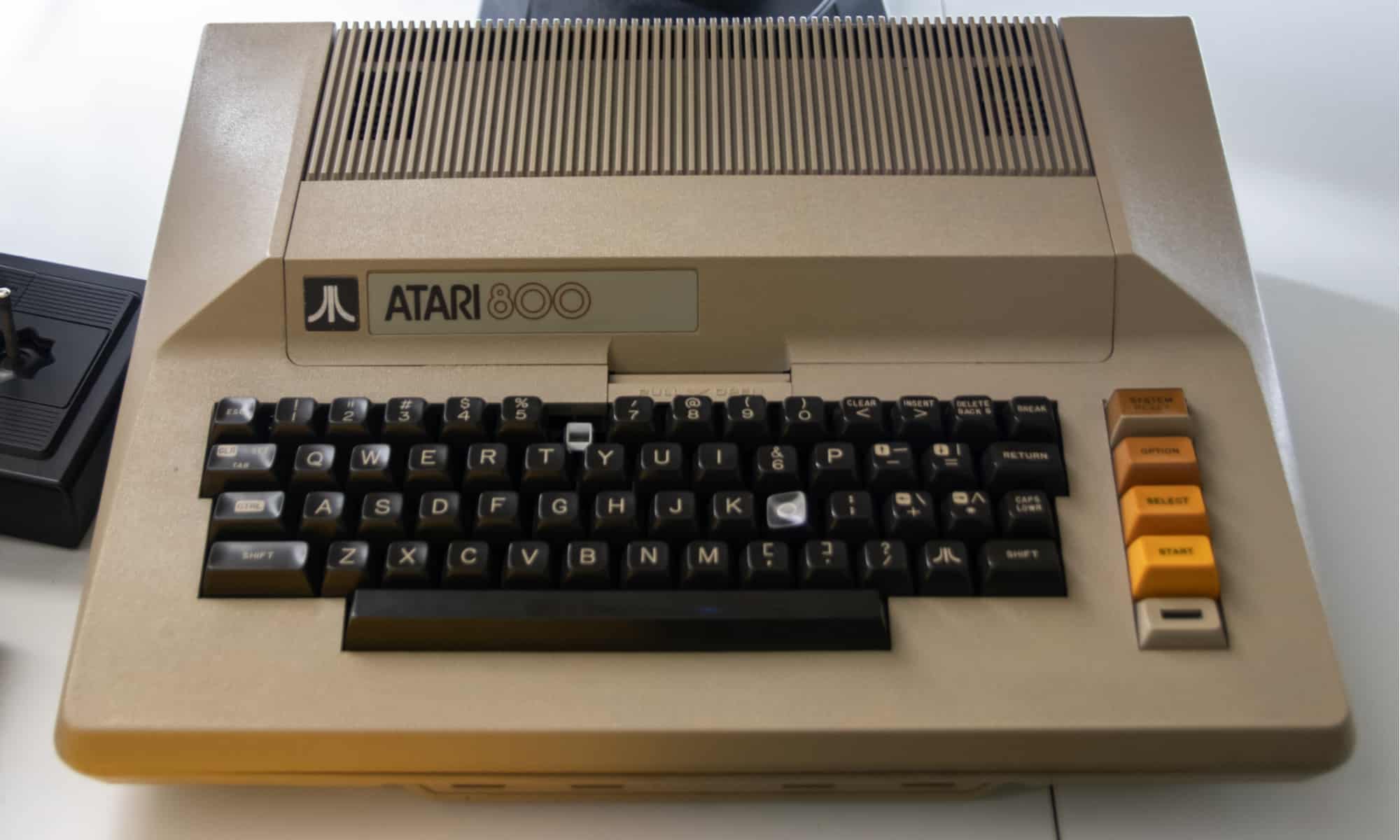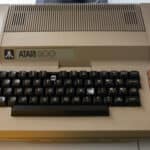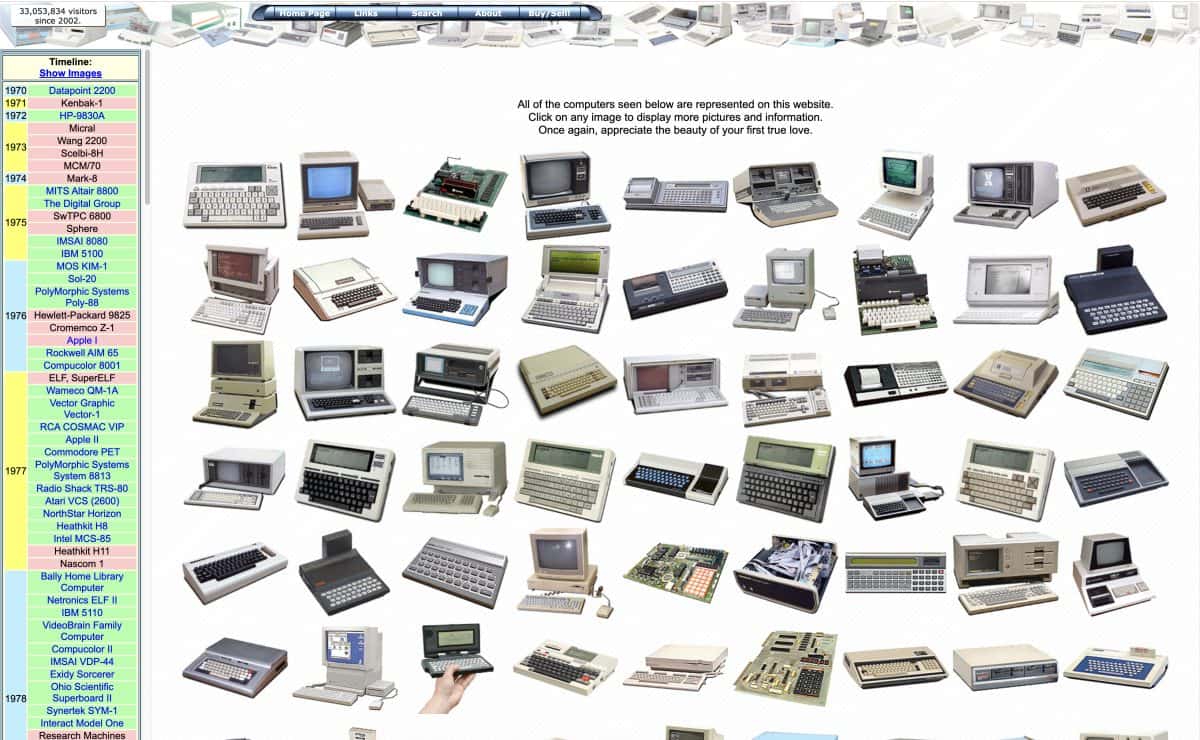

There’s a Site with 150 Retro Computer Pictures on a Single Page, and It Made My Day
While today’s computers all but fit in your pocket, this wasn’t always the case. For those who lived during the 1970s, 1980s, and 1990s, computers looked much different than they do today. We're talking Jekyll and Hyde different.
Today's tech focuses as much on design as they do on performance. Vintage computers....not so much. Modern computers are the show ponies to the common pack mule machines of yesteryear.
Regardless, I still love the design of these old computers and the feelings of nostalgia they bring me. I recently found a site that covers these old workhorses in OldComputers.net. Everything about this site is a blast from the past and a reminder of how far the computer industry has come in 50 years, including some of my favorites listed below.
OldComputers.Net

Browsing this site gives me the same dopamine hit that I get browsing a used electronics store. There's just something about seeing all of these old computers on one website that is fantastic.
Let's walk through a few of my favorites, which you should check out on your own by giving OldComputers.net a look
Apple 1
You can’t talk about old and retro computers without talking about the Apple 1. Designed by Apple co-founder Steve “Woz” Wozniak, this machine is as rudimentary-looking as it comes. While only 200 of these machines were made, they set Woz on a path to designing the Apple II, and the rest is history.
TRS-80
Designed by Tandy Corporation in partnership with Radio Shack, the TRS-80 was one of the first mass-produced home computers. Selling for around $600 in 1977, Radio Shack provided full service, including upgrades and repairs, as well as the largest software selection in the microcomputer market.
Osborne 1
My family's first computer, the Osborne 1, is largely considered one of the first successful portable computers. Although it lacked an onboard battery, the Osborne 1 had a collapsible keyboard, making it "portable." The only downside is that it cost $1795 but included $1500 in software value.
Apple IIe
The longest-selling Apple computer ever, the Apple IIe, was released in 1983 and offered a ton of expandability. It represented an opportunity for computer lovers to upgrade how they saw fit and helped provide additional mind and market share.
NeXT Cube
By all accounts, the first computer from Steve Jobs’s NeXT brand was overpriced. It was also his first after being removed as Apple CEO and setting up a new computer. The best thing you can say is that Tim Berners-Lee created the World Wide Web using a Cube computer in 1990.
IBM Thinkpad Notebooks
One of the first IBM ThinkPad notebooks was the IBM Thinkpad 700, and oh boy, it was fun to use. It cost roughly $2,750 in 1992 but was positively reviewed and was so popular that even the President of the United States wanted one as a gift for his wife.
Atari 800
You can say anything about Atari being a video game company, but this 1979 computer is fire. Atari made the 800 expandable like a typewriter, using different cartridges for games and updates. Overall, Atari’s 8-bit computers sold over two million units between 1979 and 1985.
Commodore 64
Introduced in 1982, the Commodore 64 was one of the era's most popular 8-bit home computers. It is still listed in Guinness World Records as the highest-selling single computer model ever, with between 12 and 17 million units sold.
NEC APC
The first in a series of personal computers released by then-giant NEC, the APC or Advanced Personal Computer. Microcomputers were all the rage in the early 1980s, and the APC offered a 12-inch eight-color display that felt truly advanced at the time.
Apple Macintosh
Before the release of the Apple Macintosh in 1984, computers were almost universally text-based. The Macintosh changed everything by creating a user interface you controlled using a “mouse,” something which is now a daily staple in the homes of billions of computer users.
Show OldComputers.net some love
Okay, now that you've had just a taste of the computers you can read about on OldComputers.net, visit the site to learn more!


